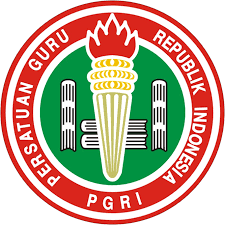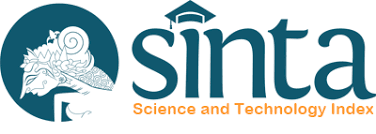OPTIMALISASI MONUMEN LINTAS LAUT JAWA – BALI 1946 - 1947 SEBAGAI OBJEK PARIWISATA SEJARAH
Abstract
Through the optimization of the Java-Bali Cross-Sea Monument from 1946 to 1947, as an object of historical tourism, as a historical education study the types of data used in the study were primary data and secondary data. Data obtained through the results of the observation method and literature study from several documents. The analysis technique used is descriptive qualitative analysis, while the results show that the condition of the Java-Bali Cross-Sea Monument in 1946-1947 in its role as a study of history is not optimal because there is no in-depth analysis of the heroic war of M troops in defending the Bali strait from military aggression Netherlands. If in Yogyakarta there is a Yogya Monument again that reflects the heroism of the forces of the Army Flat in defending the Nation from Allied military aggression, the Java-Bali Cross-Sea Monument 1946-1947 is a monument that reflects the naval heroism in defending national sovereignty in 1946-1947 from Dutch forces. From these two monuments, there are significant differences in presenting historical education, experiencing very different differences where in the Yogya Monument again (Monjali) there is a museum monument that tells about the heroism of army resistance in Deorama and Miniature stories - miniature history that tells history in Munjali and facilitated with attractive facilities and infrastructure. This condition is not the same as the Java-Bali crossing monument which does not have educational appeal, only limited to buildings and the names of fallen heroes, so as to optimize the Java-Bali Cross-Sea Monument in 1946-1957 as a historical tourism object, revitalization is needed Javanese Cross-Sea Monument - Bali 1946 - 1947 concerning the heroics of maritime armed forces in Indonesia.





























